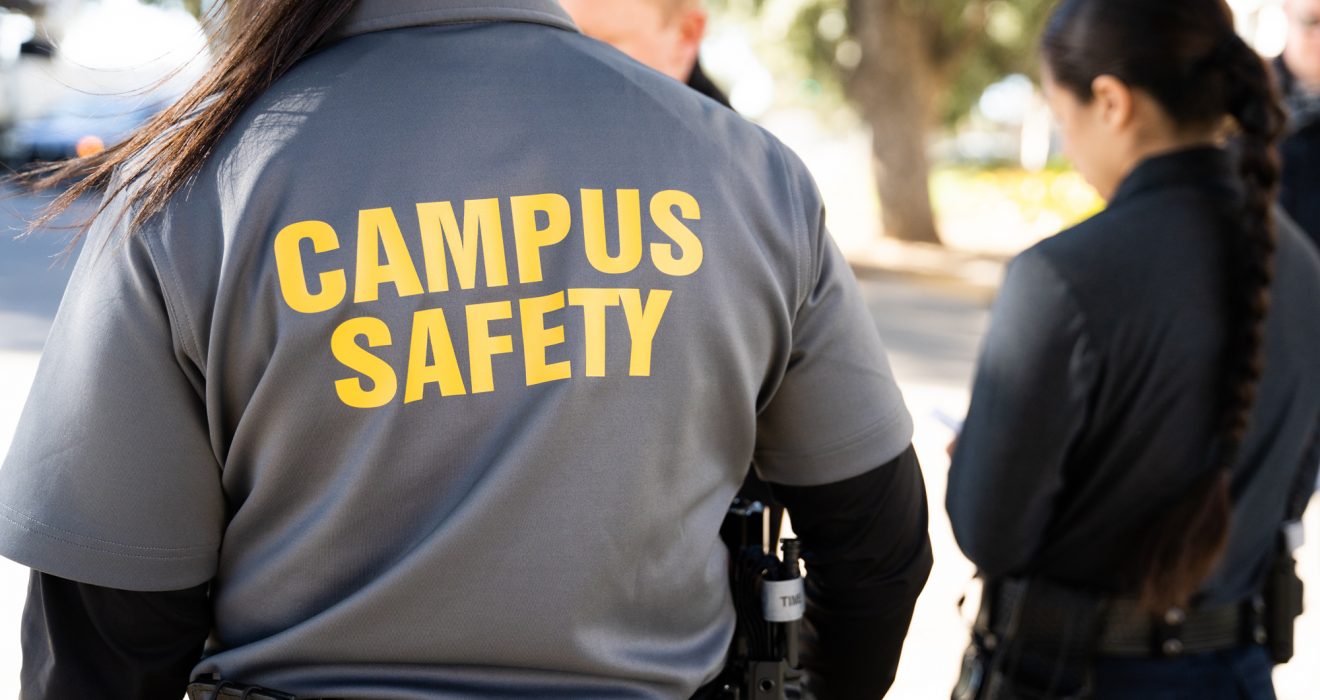Debunking Common Campus Safety Myths: What Students and Families Need to Know
When it comes to campus safety, misconceptions can lead to misunderstandings about the realities students face. As campus safety experts, we aim to clear up these myths and empower students and families with the knowledge they need to make informed decisions when choosing a college.
Myth 1: High Reported Crime Means a Dangerous Campus
A common misconception is that colleges with high reported crime statistics are more dangerous than those with fewer reported incidents. However, this isn’t necessarily true. Schools are required by the Clery Act to publish an annual security report that includes crime data from the three most recent years. While a low number of reported crimes might suggest a safe campus, it could also indicate underreporting, especially in cases like sexual assault and stalking, which are notoriously underreported. The Department of Education’s statistics showed over 6,000 reported rapes at U.S. colleges in 2021, but the actual number of incidents is likely much higher. Additionally, reported crimes only reflect incidents within a specific geographic area defined by the Clery Act, meaning not all crimes experienced by the school community are included. A higher number of reported crimes might actually indicate a positive campus environment where students feel safe reporting incidents, trusting that the university will take appropriate action.
Myth 2: Low-Crime Neighborhoods Ensure Campus Safety
Another myth is that universities located in low-crime neighborhoods are automatically safe. While location plays a role, it doesn’t eliminate the risk of interpersonal violence or abuse on campus. Crimes like dating violence, domestic violence, stalking, and rape remain prevalent regardless of a campus’s surrounding area. In 2021, these types of crimes made up 50% of all reported campus crimes. Many assaults are committed by someone the victim knows, such as a friend or classmate. Hazing is another significant concern, with over half of students involved in campus groups reporting hazing experiences, and it’s not limited to fraternities and sororities. Even academic groups can be involved, with 20% of students in honor societies reporting hazing.
Myth 3: College Students Aren’t Concerned About Their Safety
Contrary to the belief that college students are carefree and unconcerned about their safety, the reality is that most students are very aware of their personal safety. A 2021 Campus Safety Survey found that 82% of college students are concerned about their safety, and 97% consider it while on campus. However, safety concerns vary from student to student, depending on their experiences and needs. For example, a cisgender male athlete might prioritize concerns about hazing, while a transgender student might be more focused on a university’s anti-harassment policies. When evaluating potential colleges, students need to consider their unique safety needs and whether the campus culture addresses them effectively.
By debunking these common myths, we hope to provide students and families with a clearer understanding of campus safety. Armed with accurate information, they can make informed decisions that prioritize safety and well-being during the college selection process.



